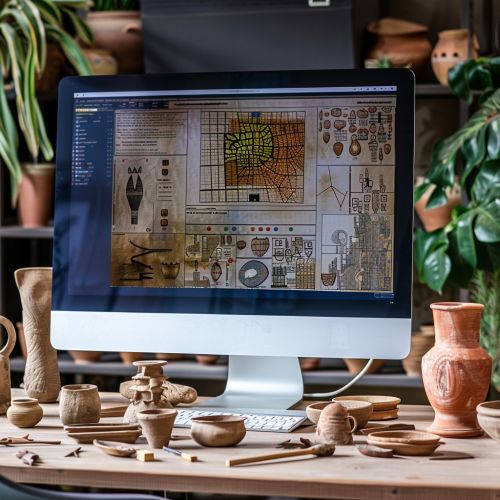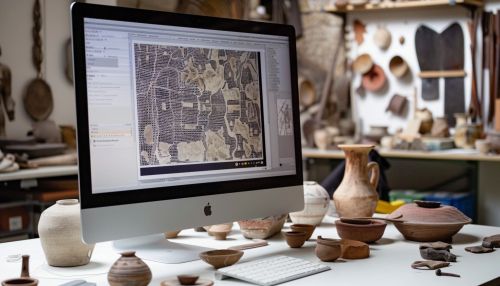Computational Anthropology
Introduction
Computational anthropology is a subfield of anthropology that employs computational methods to analyze and model anthropological data. This field is characterized by the use of computer science techniques and methodologies to understand and interpret human behavior, culture, and evolution.


Background
The emergence of computational anthropology can be traced back to the advent of computers and the increasing availability of digital data. The field has grown significantly with the advancement of computational power and the development of sophisticated algorithms. It is a multidisciplinary field, combining aspects of anthropology, computer science, statistics, and data analysis.
Methodologies
Computational anthropology employs a variety of methodologies to analyze and model anthropological data. These methodologies often involve the use of computational tools and techniques, such as machine learning, artificial intelligence, and data mining.
Machine Learning
Machine learning is a method used in computational anthropology to analyze and interpret complex anthropological data. It involves the use of algorithms that can learn from and make predictions or decisions based on data. Machine learning can be used to identify patterns and trends in anthropological data, which can provide insights into human behavior and culture.
Artificial Intelligence
Artificial intelligence (AI) is another method used in computational anthropology. AI can be used to simulate human behavior and culture, providing a computational model that can be used to study and understand these aspects of anthropology. AI can also be used to analyze and interpret anthropological data, providing insights that may not be apparent through traditional anthropological methods.
Data Mining
Data mining is a technique used in computational anthropology to extract useful information from large sets of data. This involves the use of computational algorithms to identify patterns and trends in the data, which can provide valuable insights into human behavior and culture.
Applications
Computational anthropology has a wide range of applications, from understanding human behavior and culture to predicting future trends and behaviors.
Understanding Human Behavior and Culture
One of the main applications of computational anthropology is in the understanding of human behavior and culture. By analyzing and modeling anthropological data, computational anthropologists can gain insights into human behavior and culture that may not be apparent through traditional anthropological methods.
Predicting Future Trends and Behaviors
Another application of computational anthropology is in predicting future trends and behaviors. By using computational models, anthropologists can predict how human behavior and culture may change in the future. This can be useful in a variety of fields, from marketing and advertising to policy making and social planning.
Challenges and Future Directions
Despite its potential, computational anthropology faces several challenges. One of the main challenges is the complexity and diversity of anthropological data. This data is often unstructured and difficult to analyze using traditional computational methods. Furthermore, there is often a lack of standardization in the data, making it difficult to compare and integrate data from different sources.
Despite these challenges, the future of computational anthropology looks promising. With the advancement of computational power and the development of sophisticated algorithms, the field is expected to grow and evolve. Furthermore, the increasing availability of digital data provides a wealth of opportunities for computational anthropologists to explore and understand human behavior and culture.
